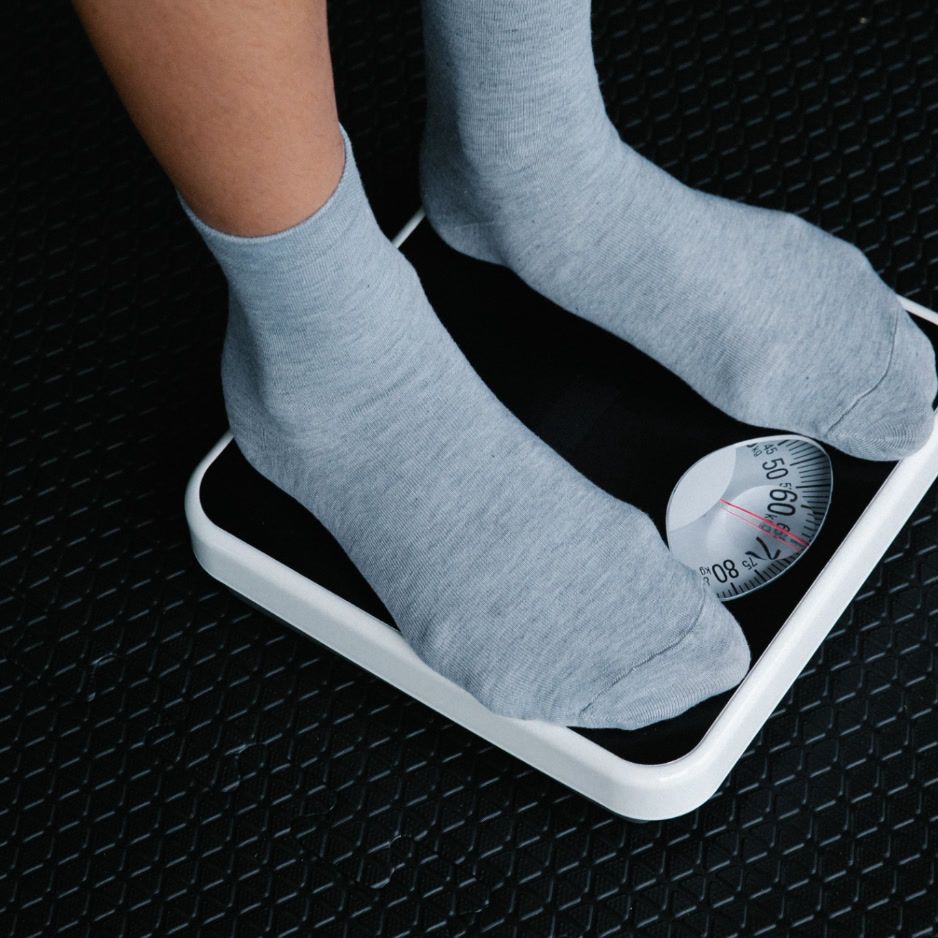C15 Supplements Made Simple: Benefits and Dosage Tips

C15 Supplements Made Simple: Benefits, Natural Sources, and Easy Dosage Tips
Quick Take: C15 supplements provide pentadecanoic acid—a rare fat tied to better metabolic and liver health. Early human studies show that 200 mg a day can raise blood C15:0 levels and improve liver enzymes with no major side-effects (Robinson 2024).
1. What is a C15 supplement?
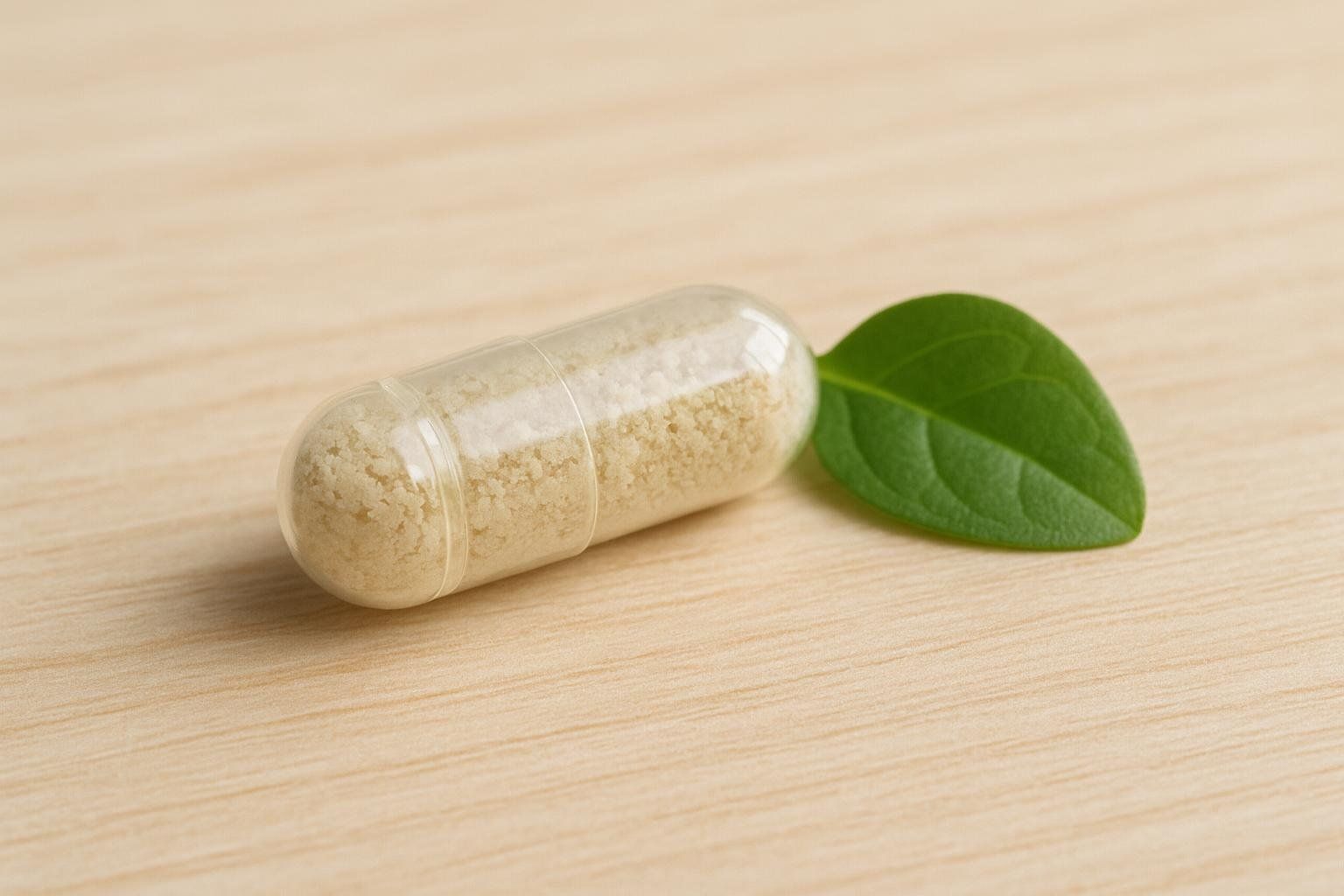
A C15 supplement is a concentrated, very low-calorie source of pentadecanoic acid (C15:0)—an odd-chain saturated fat found naturally in small amounts in dairy and some fish. Most products come as capsules that provide about 100 mg of C15:0 in a vegan-friendly shell.
Key areas scientists are exploring:

- Large population studies link higher circulating C15:0 with lower risk of heart disease and type 2 diabetes (Trieu 2019) – though short-term trials have not shown consistent cholesterol changes yet.
- A 12-week human trial showed significant drops in liver enzyme ALT (−29 U/L vs placebo) and a trend toward lower AST (Robinson 2024).
- Cell and animal work suggests C15:0 may modulate inflammatory pathways (AMPK, PPAR) and slow mTOR signaling, but human evidence is still emerging (Venn-Wilson 2023).
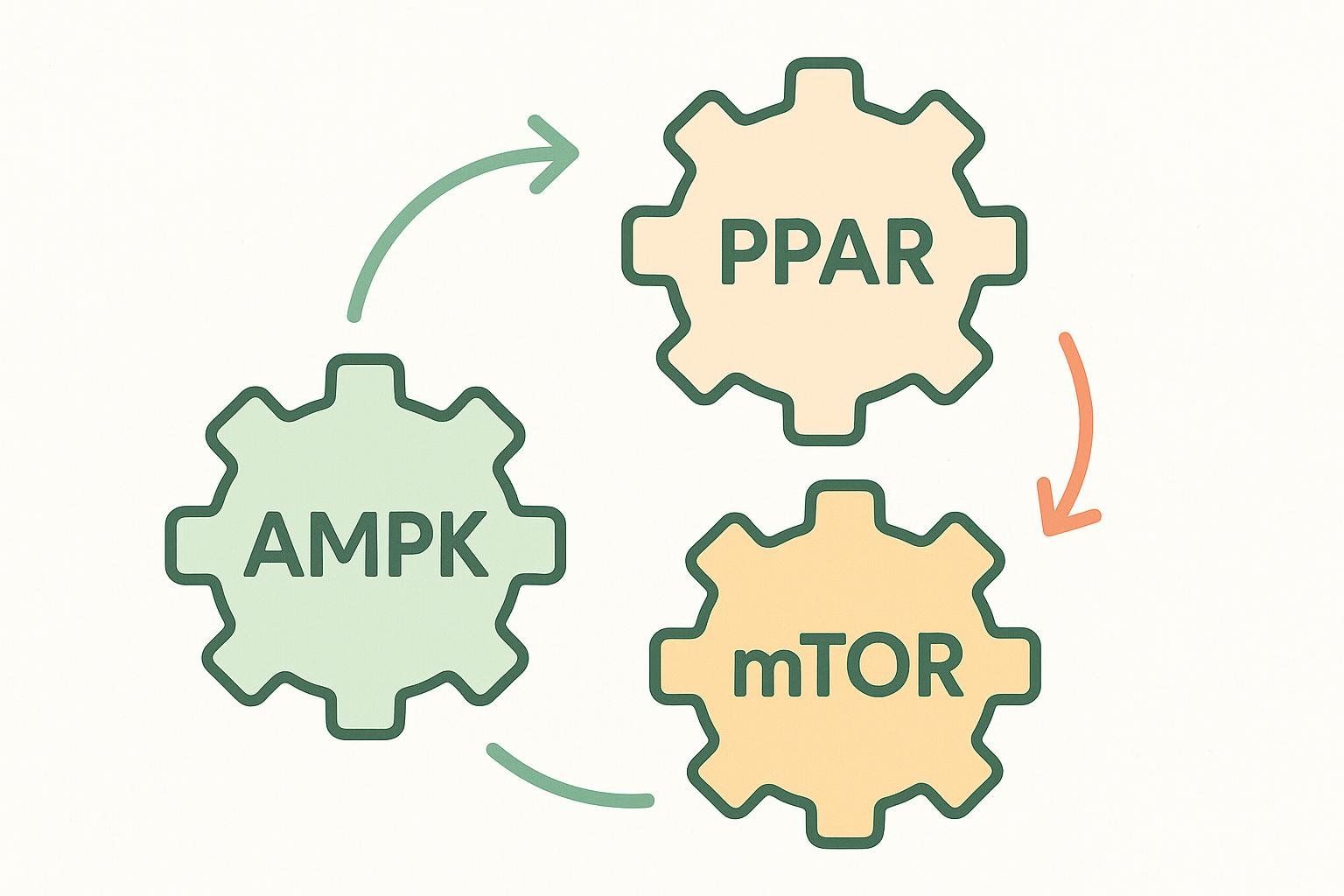
2. How can I get C15 naturally?
Your body only gets C15 two ways: food or supplements. Common food sources:
| Food | Approx. C15:0 per serving |
|---|---|
| Whole milk (1 cup) | ~20 mg |
| Cheddar cheese (1 oz) | ~15 mg |
| Butter (1 Tbsp) | ~10 mg |
Researchers suggest 100–300 mg per day for meaningful blood levels (Venn-Wilson 2023).
- To reach 100 mg, you’d need 5 cups of milk or 7 oz of cheese daily.
- For 300 mg, it jumps to 15 cups of milk or 20 oz (≈1¼ lb) of cheese.
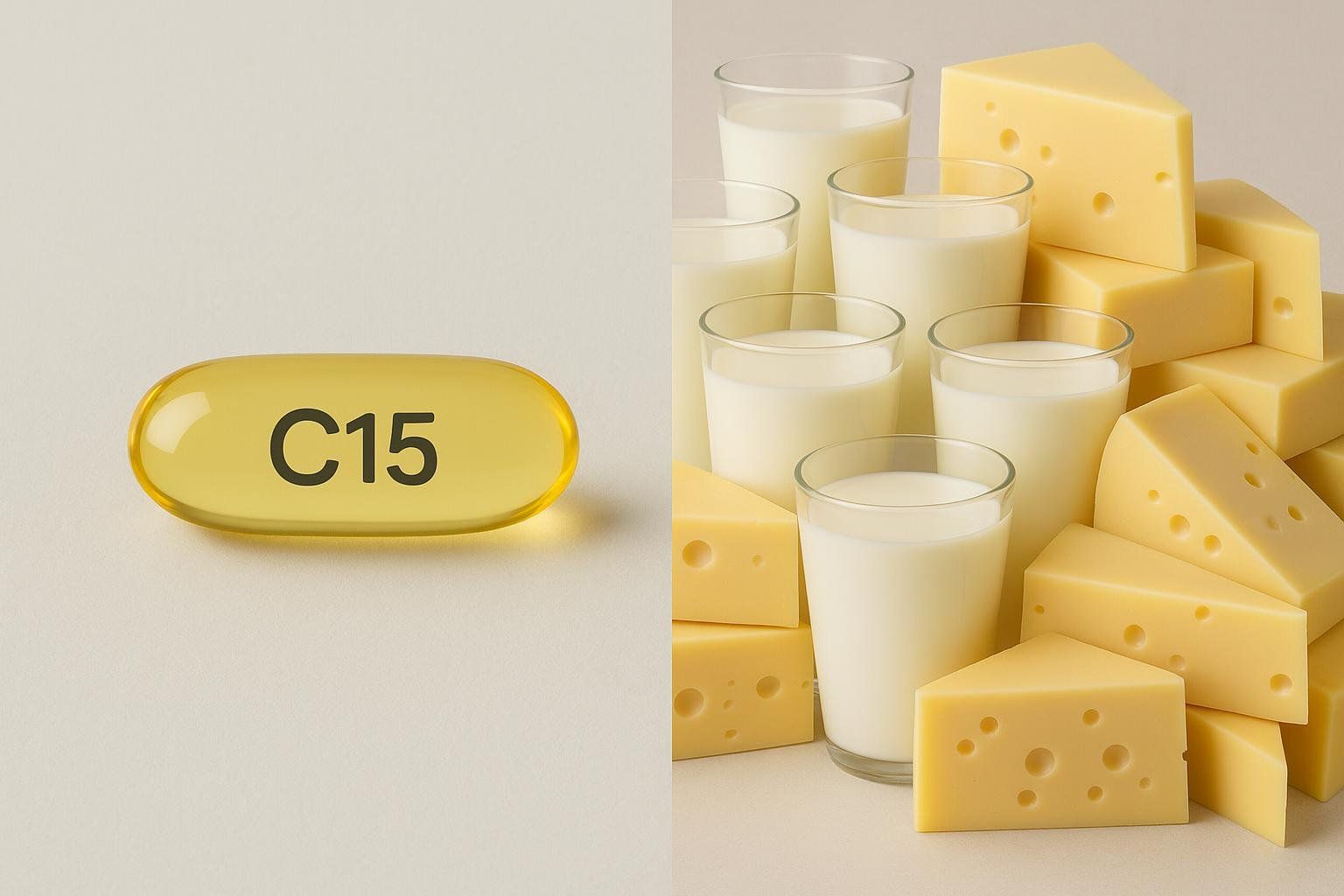
A supplement is therefore the practical shortcut for most people.
3. Is C15 better than omega-3?
Think synergy, not supremacy.
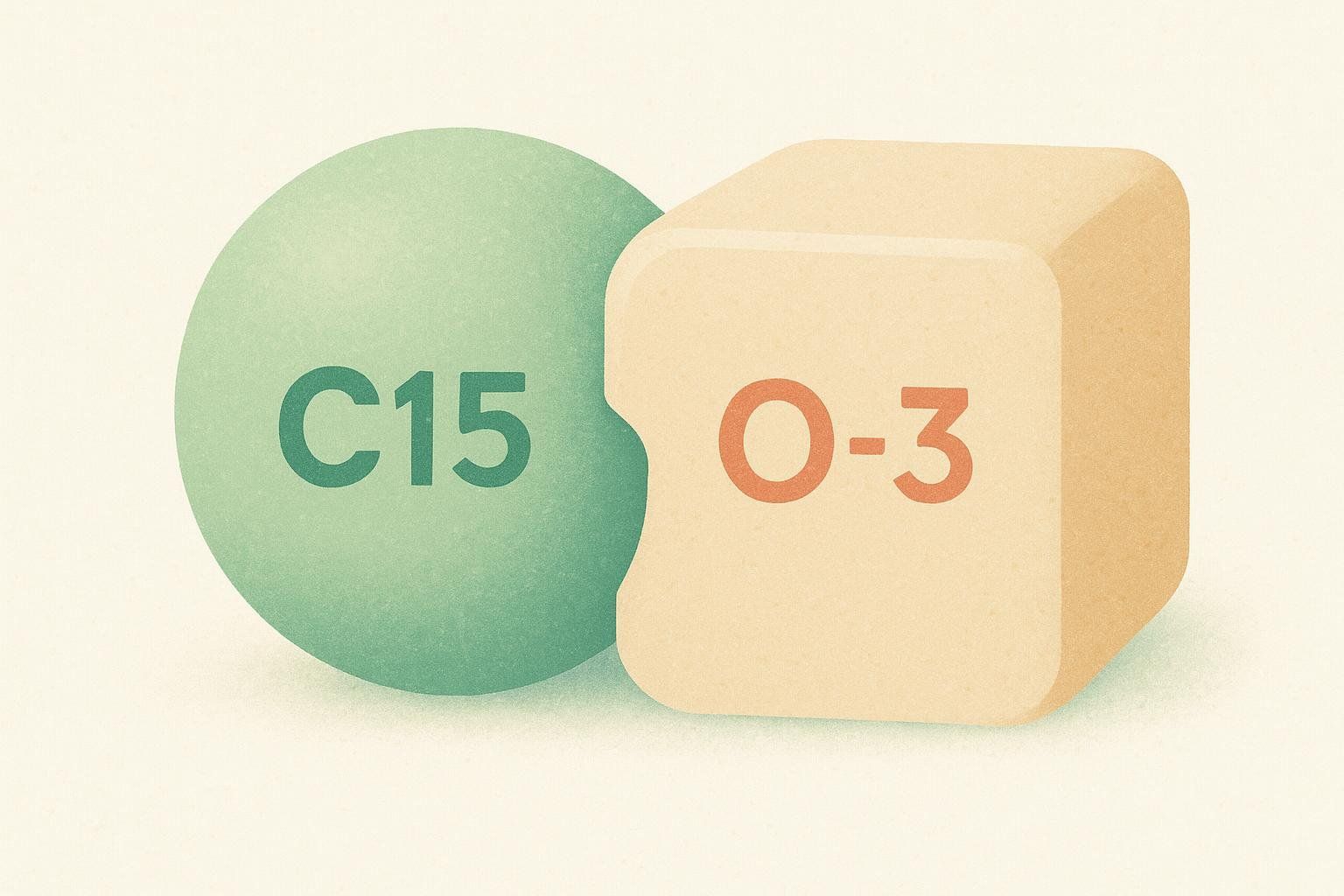
- Omega-3s (EPA/DHA) cool inflammation and support heart and brain health.
- C15 appears to boost AMPK, modulate PPAR, and tame mTOR—key metabolic switches.
Because they act on different pathways, scientists see them as complementary rather than competing nutrients (Venn-Wilson 2023).
4. How to choose a quality C15 supplement
Where to buy: Major online retailers, specialty supplement sites, and some health-food stores.
Shopping checklist:

- Purity ≥ 99 % C15:0 with a published Certificate of Analysis (COA)
- Third-party testing (NSF, ISO, or USP)
- Vegan capsules—dry powder, no added oils
- Published, peer-reviewed research supporting the product
Consider tracking how your body responds with a BodySpec DEXA scan, which measures fat, muscle, and bone changes in about 15 minutes.
Quick look at the human evidence
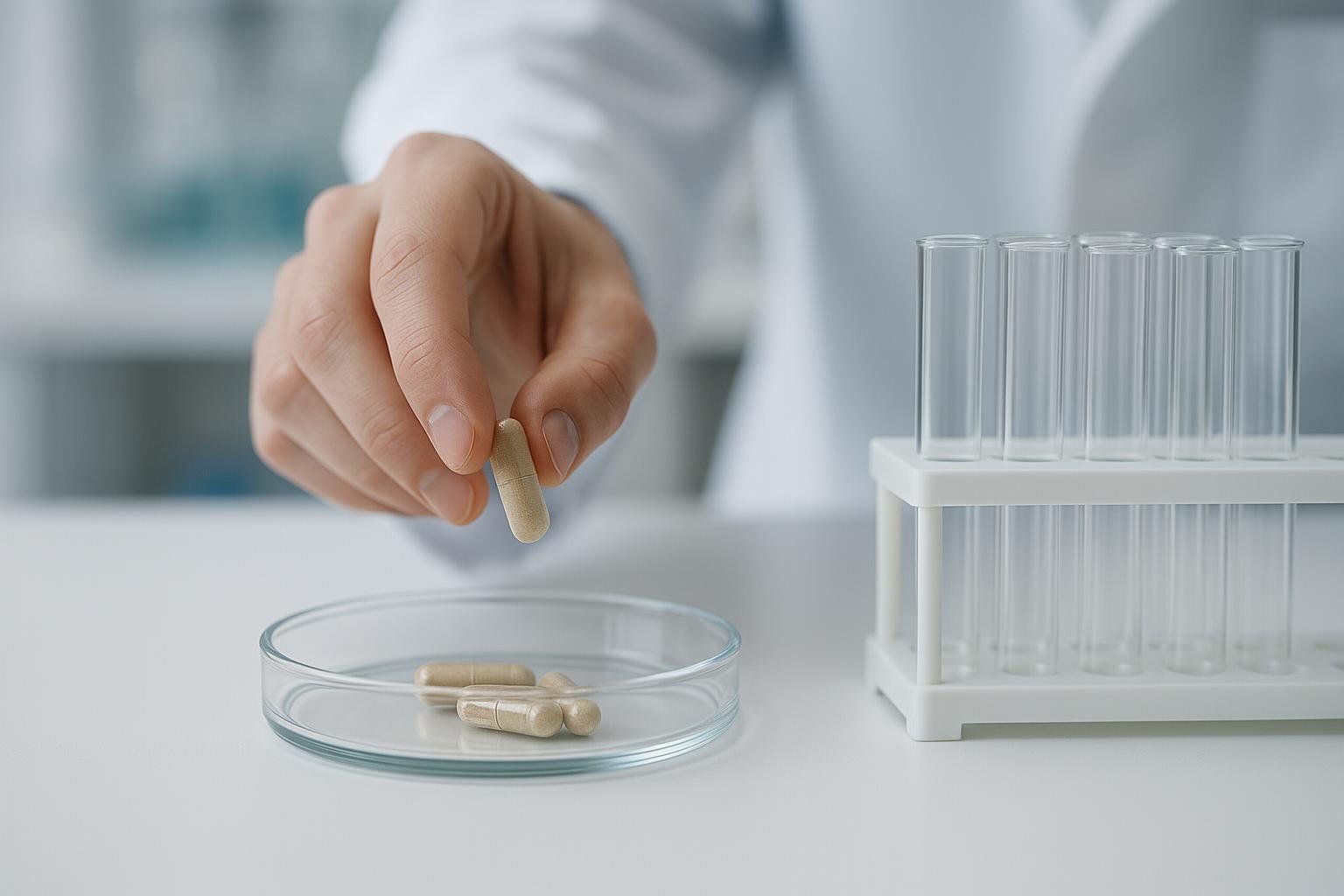
| Study | Participants & Length | Dose | Key findings |
|---|---|---|---|
| Robinson 2024 | 66 young adults, 12 wk | 200 mg/day | ↑ plasma C15:0; ALT ↓ 29 U/L (significant vs placebo); AST ↓ 6 U/L (trend); no serious AEs |
| Zheng 2023 | 120 NAFLD patients, 12 wk | 250 mg/day (with Mediterranean diet) | Greater weight loss (−1.9 kg) and liver-fat reduction (−1.8 %) vs control diet |
| Trieu 2019 | >100 k adults (observational) | Dietary intake | Highest C15:0 levels linked to 15–25 % lower CVD & type 2 diabetes risk |
How much should I take?

Guideline: 1–3 mg per kg body weight (Venn-Wilson 2023).
| Body weight | 1 mg/kg | 2 mg/kg | 3 mg/kg |
|---|---|---|---|
| 120 lb (54 kg) | 55 mg | 110 mg | 165 mg |
| 150 lb (68 kg) | 70 mg | 135 mg | 205 mg |
| 180 lb (82 kg) | 80 mg | 165 mg | 245 mg |
One 100 mg capsule covers the low-to-mid range for many adults.
Safety snapshot
- No serious side-effects in 12-week human trials (Robinson 2024)
- Animal toxicology up to 2 g/kg found no issues (Venn-Wilson 2023)
- Look for products with self-affirmed GRAS status and cGMP manufacturing
- Consult your healthcare provider if pregnant, nursing, or on lipid-lowering meds
Key takeaways
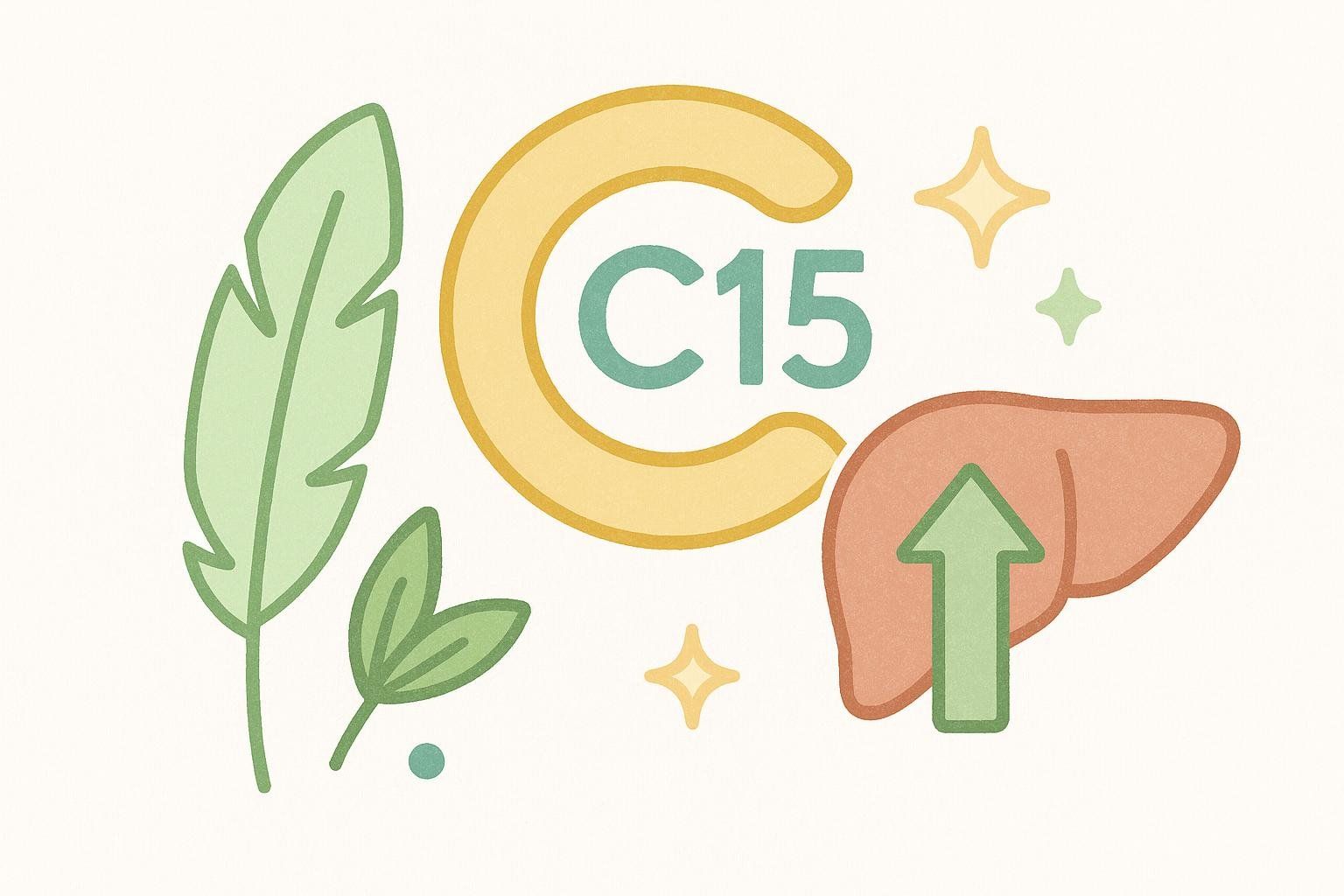
- C15 supplements provide a very low-calorie dose of a hard-to-get fatty acid.
- Real-world food intake rarely hits the 100–300 mg research range.
- C15 and omega-3s turn different metabolic gears—stacking them may cover more bases.
- Human evidence is strongest for liver enzyme improvements; effects on cholesterol and inflammation remain mixed and need more study.
- Track body-composition shifts with a BodySpec DEXA scan for objective feedback.
Keep learning
- Supplements 101: Do You Really Need Them?
- Visceral Fat: Understanding its Health Implications and Management Strategies
- What Is Healthspan? A Guide to Living Well
References
- Robinson MK, Lee E, Vazquez AI, et al. Pentadecanoic Acid Supplementation in Young Adults with Overweight or Obesity: A Randomized Controlled Trial. J Nutr. 2024;154(9):2763–2771.
- Zheng J, Tian Y, Wu D, et al. Mediterranean-Style Diet Plus C15:0 Improves NAFLD Parameters. Clin Nutr ESPEN. 2023;55:384–391.
- Venn-Wilson S, Lemieux A, Kapeliou O, et al. Pentadecanoic Acid (C15:0) and Longevity-Enhancing Compounds. Nutrients. 2023;15(21):4607.
- Trieu KE, Bowe S, Zabetian A, et al. Odd-Chain Saturated Fats and Cardio-Metabolic Risk: A Meta-analysis. Clin Nutr. 2019;38(3):1107–1116.

